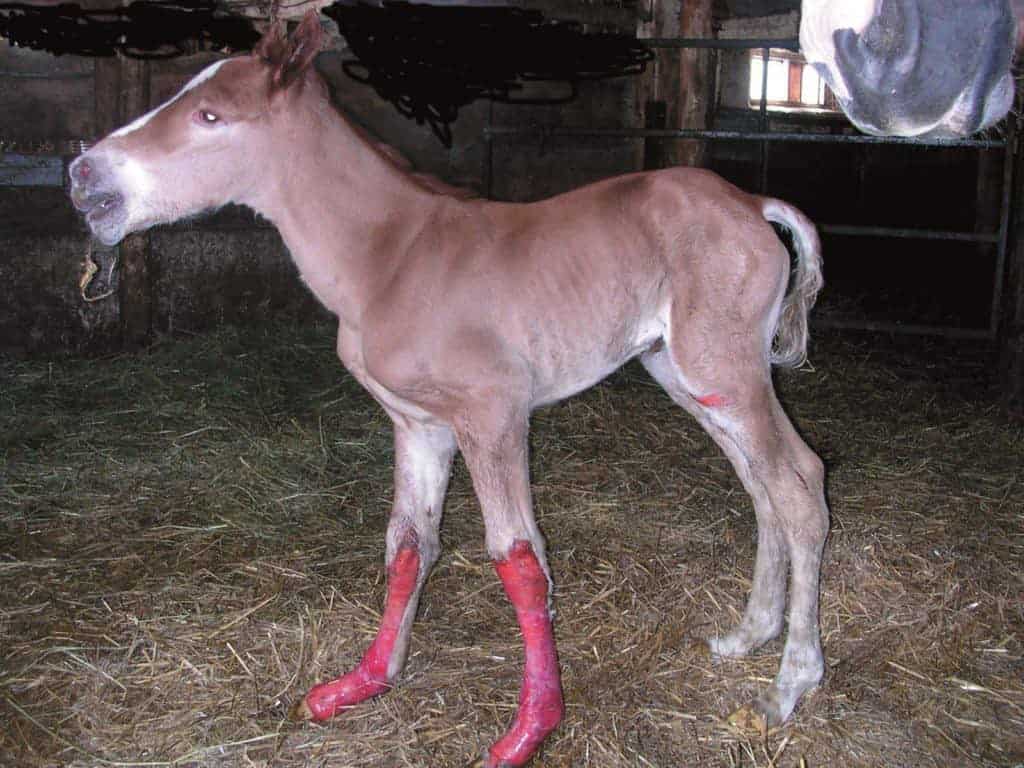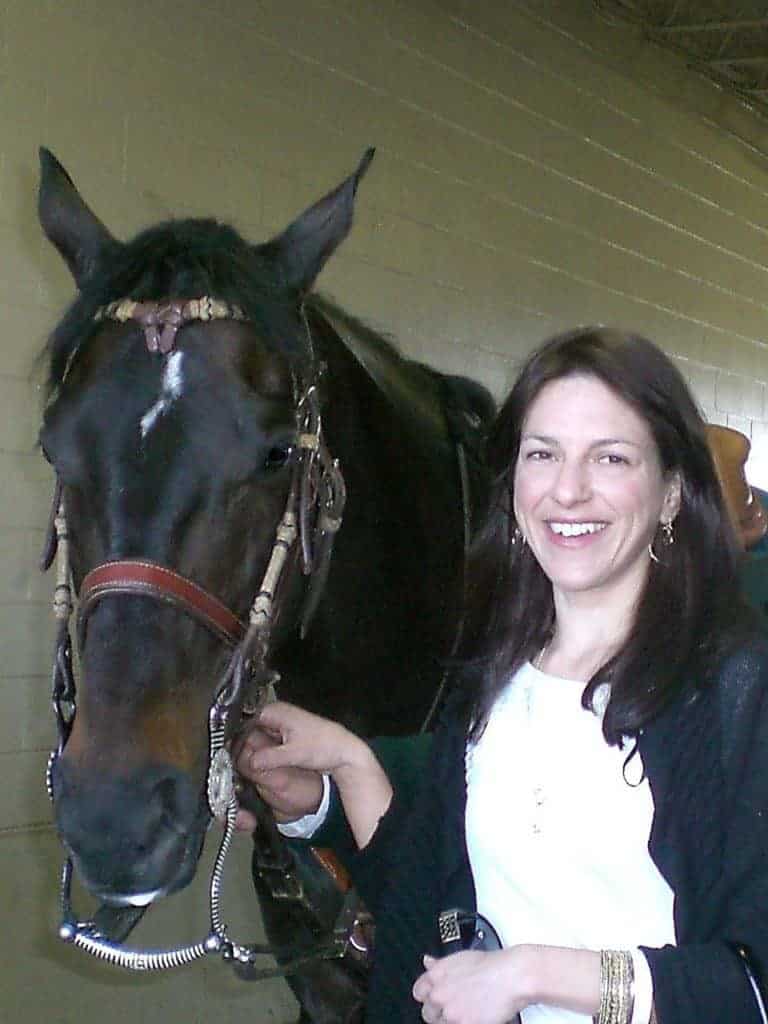
Equine Herpesvirus Reviewed
As EHV gains worldwide significance, researchers are seeking a better understanding of the disease.
Horse breeding from planning through foal care

As EHV gains worldwide significance, researchers are seeking a better understanding of the disease.

A foal’s first six months of life are full of change. Learn about normal foal development, health risks, and quiz your knowledge in this special report.

Recent work demonstrates that endophyte-infected fescue can cause vasoconstriction in the legs and reduced blood flow to reproductive organs in mares.

Researchers evaluated the effect of shipping mares’ oocytes (egg cells) on eventual fertilization rate.

Two barns at Parx Racing have been quarantined after a horse tested positive for equine herpesvirus-1 (EHV-1).

Foals are susceptible to developing R. equi infection for at least the first two weeks of life.

Thirteen horses on the property had been affected by neurologic EHV-1. Of those, seven have been euthanized.

A broodmare’s belly grows as her fetus matures, but any rapid or unexpected expansion is cause for concern.

The feature offers a look inside a neonatal intensive care unit treatment wing and surgical facilities.

Such testing requirements aim to prevent the birth of JEB foals and reduce the number of carriers.

Officials confirmed the country’s first case of neurologic equine herpesvirus-1 (EHV-1) on a single stud farm.
On Jan. 30, two speakers will discuss inflammatory airway disease.

De Negri’s research focused on infections in horses caused by S. equi and S. zooepidemicus.
Several groups support the AQHA in its bid to overturn a court decision regarding cloned horse registrations.
Researchers are observing an increasing trend of positive cases submitted in 2013 as compared to recent years.

There are a number of factors that must be weighed in making the decision on whether to breed a mare.
Stay on top of the most recent Horse Health news with
"*" indicates required fields